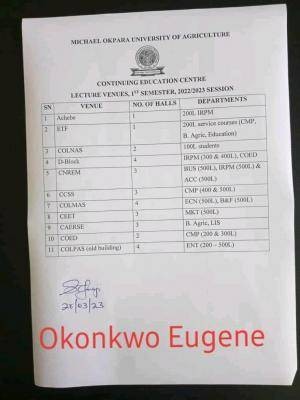
Primary 4 lesson note for Civic Education (Week 4). Here we will be talking about Communalism as a topic under Civic Education. We will go through the basics on Communalism since it a part of the scheme of work for primary 4 Civic education first term. This lesson note is highly essential for tutors, parents and guardians.
ENTRY BEHAVIOUR
This lesson presupposes that the students understands the definition of communism, the different types and methods of promoting communism, Instructional material/Reference materials that are re-explained throughout the lesson.
PREVIOUS KNOWLEDGE
It is assumed that the students have knowledge on lesson note: leadership.
OBJECTIVES
- At the end of this class, the students should be able to define pollution
- They should also be able to identify and differentiate between the types of pollution.
- They should also be able to identify the primary causes of pollution.
- The students should also be able to mention the effects of pollution
- The students should also be able to mention the measures that can be taken to control pollution
METHOD OF TEACHING
The teaching method adopted for this lesson would be delivered by;
- Using pictorial evidence from the textbook and writing notes on the board.
- Visiting pollution sites (If there is time for that).
Teaching Method
Oral and theoretical explanation
Discussion
Question and Answer.
Class: primary 4
Topic: Communalism
Behavioural objectives: At the end of the lesson pupils should be able to:
a) Define communalism
b) List ways by which we promote the spirit of communalism e.g. togetherness, love, co-operation, dialogue, sharing.
Instructional material/Reference material: Textbook, charts and pictures
Building Background /connection to prior knowledge: pupils are familiar with the topic.
Content:
What is Communalism?
What is Communalism? This is a system in which members of a community come together and do things collectively in the interest of the community. Communalism exists in our traditional societies, where assistance or help is given to individual members of the community. In a communal society, there is a high level of togetherness and unity. Harmony is a strong feature of such a community. Progress, peace and love can also be clearly seen in that type of society.
Attributes/features of communalism
The following are the attributes of communalism. That is, these are the things you will see in a communal society:
- Togetherness: This means doing things collectively as one body for the interest of all.
- Love: In a communal society, there is love and deep interest for one another.
The people protect the interests of one another.
- Co-operation: People work together, helping each other, in order to achieve the goals of the community.
- Justice and fair play: In a communal society, the principle of justice and fair play exists. It means people are treated fairly when matters concerning them and other members of society are handled.
- Sharing: Members of a communal society see themselves as one, and, because of the love in the community, they share things with one another.
- Dialogue: Issues affecting the community are discussed before decisions are taken in the best interest of all.
Evaluation
- How can the spirit of communalism be promoted in our society?
I hope this is well understood? This is the updated primary 4 lesson note first term on Communalism 2024 as approved by the ministry of education. Please feel free to reach us for more lesson notes via the comment section and I will be happy to assist.




